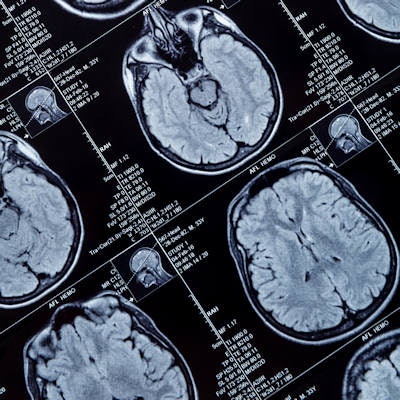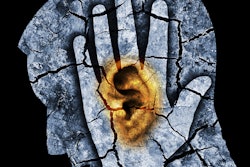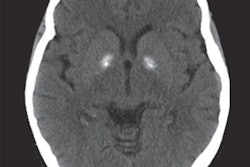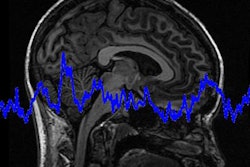
MRI scans of Canadian diplomats and their family members indicate that pesticides -- and not a "sonic weapon" -- may have contributed to neurological deficiencies and other issues experienced by both the Canadians and U.S. personnel working in Havana. Study results were published on September 29 on medRxiv.org.
MR images demonstrated injury to the blood-brain barrier in the basal forebrain, in addition to other problems in the brain that were connected to health issues experienced by embassy personnel. Meanwhile, blood tests demonstrated higher levels of pesticides in the individuals.
These associations prompted the researchers to hypothesize that one or more environmental neurotoxins, such as pesticides, targeted the brain's cholinergic system and caused the injuries.
"Though other sources of neurotoxins are possible, our insecticidal hypothesis gains contextual support given Cuba's well-documented efforts to aggressively mitigate the spread of the Zika virus by means of mass indoor and outdoor fumigations in 2016 and thereafter," wrote the authors, led by Alon Friedman, PhD, from Dalhousie University in Halifax, Nova Scotia. "Canadian Embassy records furthermore confirmed a significant increase in the frequency of fumigations around and within staff houses beginning January 2017, concurrent with reported symptoms."
The Cuban controversy began three years ago, when U.S. diplomats on the island nation began reporting a host of ailments that included dizziness, tinnitus, and cognitive decline. A July 2019 study by Verma et al showed structural brain changes on MR images of affected embassy personnel after they had been exposed to "uncharacterized directional phenomena" between late 2016 and May 2018 -- phenomena that some speculated could have been a type of sonic weapon. What the research could not pinpoint was a definitive cause for the often-severe health effects.
To further explore this mystery, Friedman and colleagues conducted clinical and quantitative imaging analyses of 26 Canadian diplomats and their families who experienced the same types of conditions as the Americans. Their list of symptoms included a lack of concentration and impaired memory; blurred vision and light sensitivity; hearing impairment; sleeplessness; fatigue; headaches; and irritability.
The Canadians underwent a total of 66 3-tesla MRI scans (GE Healthcare) between August 2018 and February 2019 with a protocol that included diffusion-weighted imaging (DWI), dynamic contrast-enhanced imaging, and magnetoencephalography (MEG).
The key finding was an indication of slowed diffusion activity in the basal forebrain on DWI scans. The basal forebrain includes the nucleus basalis and cholinergic neurons, which connect to other parts of the brain.
This reduced activity in the basal forebrain cholinergic neurons "may thus explain related symptoms reported in our cohort as well as periods of slowing in brain activity found in MEG," the authors explained. Such a deficiency "can be induced directly by toxins or indirectly by affecting the basal forebrain's cholinergic fibres, in contrast to focal injury more characteristic of a traumatic event."
The researchers also conducted serum toxicological tests and found reduced enzyme activity in the people who recently returned from Havana, compared with remotely exposed and control subjects. Mass spectrometry also detected the presence of the insecticide temephos, which Cubans use to eradicate mosquito larvae, and 3-phenoxybenzoic acid (3-PBA), a common insecticidal metabolite. Temephos was detected in six remotely exposed individuals, while 3-PBA was evident in seven recently exposed subjects and six remotely exposed subjects.
"If our narrow hypothesis of insecticide-induced neurotoxicity is correct, our findings suggest a course of action that affects not only the physical health of diplomats and their family members that are or will be stationed in Havana, but the health of the local Cuban population (where heavy fumigation continues) and of all other populations where such insecticides are heavily used," Friedman and colleagues concluded.


.fFmgij6Hin.png?auto=compress%2Cformat&fit=crop&h=100&q=70&w=100)





.fFmgij6Hin.png?auto=compress%2Cformat&fit=crop&h=167&q=70&w=250)











